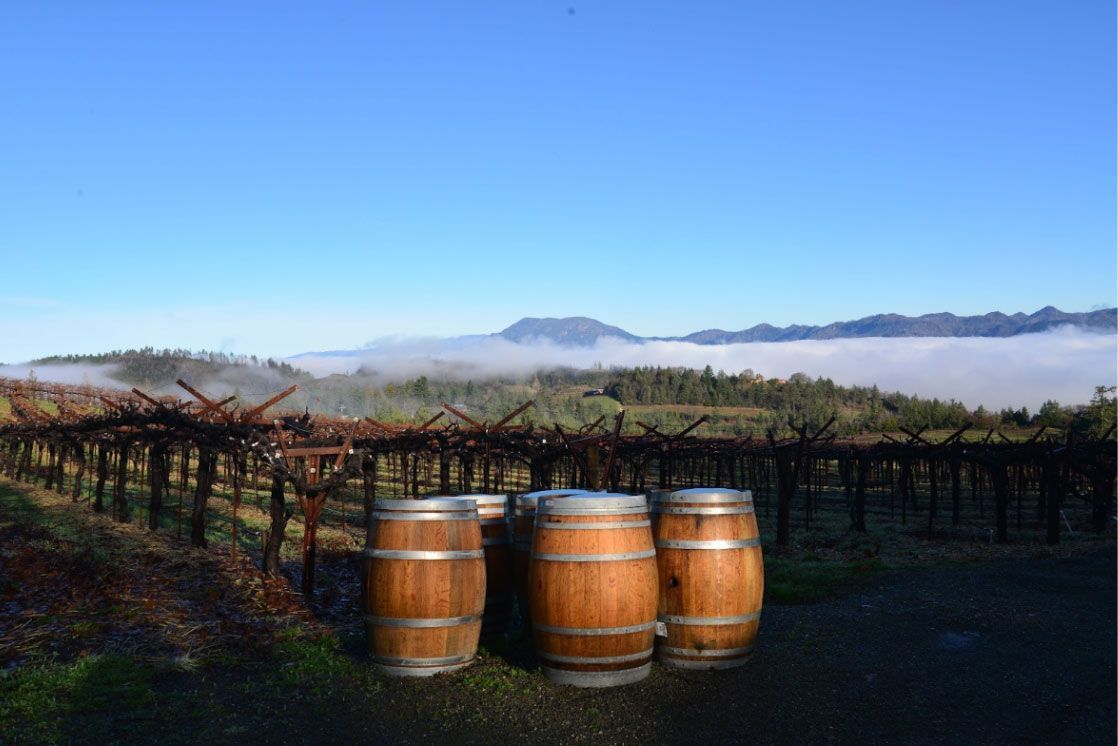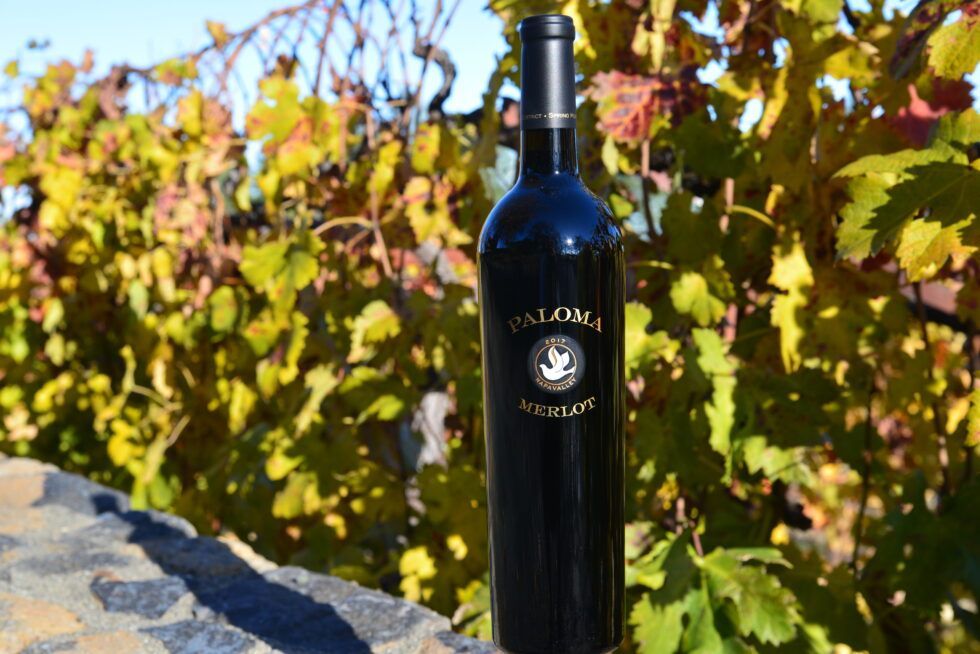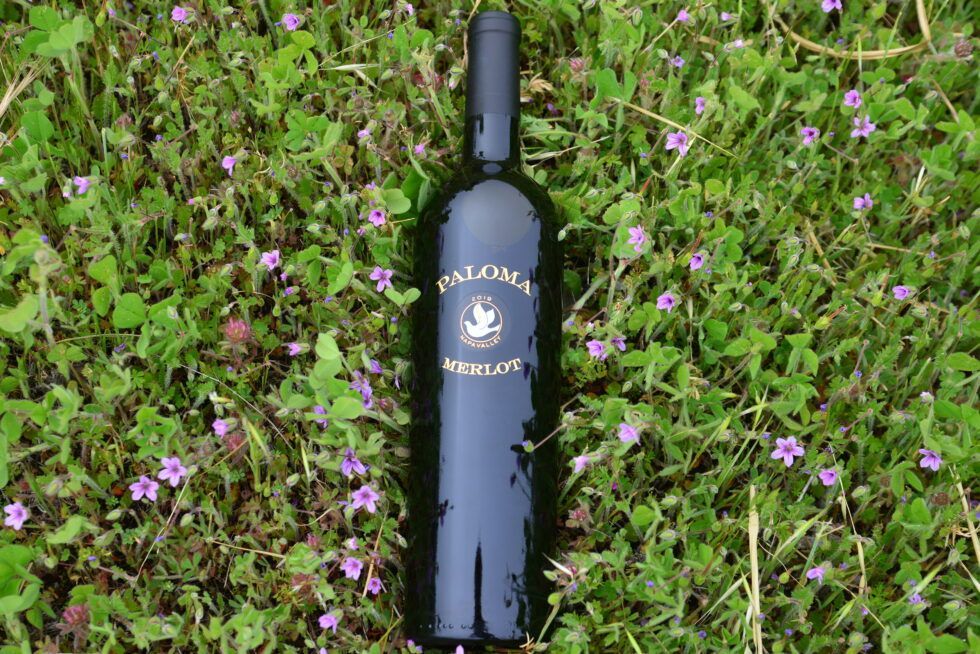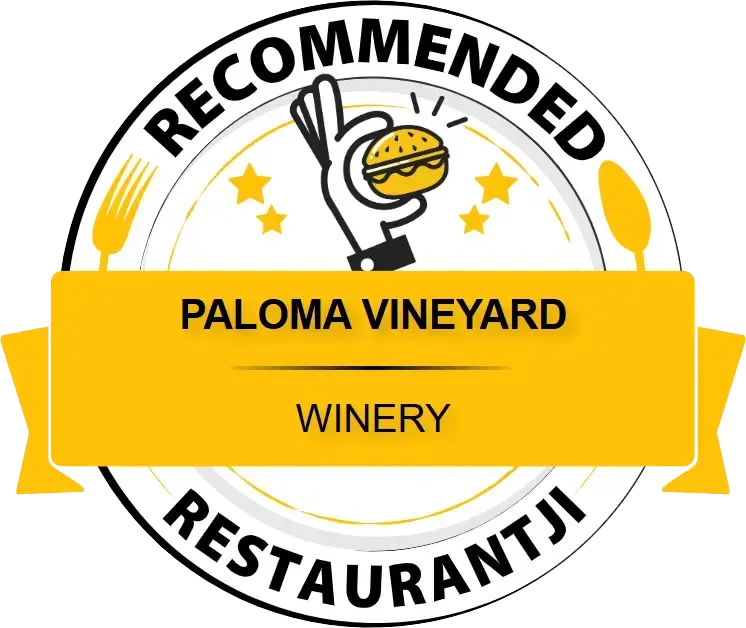A Wine Pairing Guide: How to Pair Wine with Food
September 15, 2023
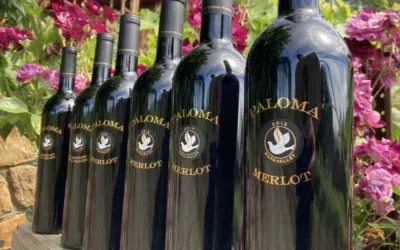
Selecting a bottle of wine to decompress from a hard day’s work is a luxury we all enjoy. On hot summer days, most reach for a refreshing bottle of white. But what happens when you are in the mood for something red? Or when you want to drink your wine with a meal?
The goal when pairing food and wine is to complement or enhance the wine as well as the food. What you don’t want to happen is have the wine make the food worse or have the food throw off the flavor in the wine you painstakingly chose.
Accomplishing the assembly for the perfect pairing can be a true art form. It is also something that anyone can do with the right set of tools. The key is learning the fundamental characteristics of wine, listening to the flavors you are experiencing, and adjusting with a bit of trial and error. To truly master this, it's helpful to learn how to taste wine
effectively so you can understand the interplay between the wine's elements and your meal.
There are many ways to pair food and wine. Here are our suggestions on how to get started, as well as links to recipes and food pairings!
The Five Fundamental Characteristics of Wine
Acid
Acid is the element that helps you pre-digest your meal. When drinking the wine by itself, does it make you salivate? The waterier your mouth gets after you swallow, the higher the acid in the wine. If you pair an acidic wine with something that is creamy—this can be a creamy sauce or just a creamy texture—your tastebuds will sing for joy! However, if you have your heart set on food that is lighter in nature, consider switching up your wine for something with a less acidic profile. For example, a Marsanne with halibut instead of Sauvignon Blanc.
Body
The body of the wine is significant. You can use it as an indicator of how heavy the meal should be. If you have a light-bodied wine, meaning the weight of the wine sits light in your mouth—like skim milk vs. whipping cream—it would be considered a lighter-bodied wine. These do not pair well with a heavy meal, like a rich, fatty roast. The meal would cast a shadow over the wine and make it hard to differentiate the varying flavors in the glass. Which is why you bought that special bottle in the first place, isn’t it? The goal should be to match the intensity of the wine with the intensity of the meal.
How else can you tell if your wine is lighter-bodied? Many wines aged in stainless steel—unoaked—tend to be lighter-bodied.
Tannins
Tannin is the element of dryness. It is naturally derived from the skin and the seeds of the grapes, as well as the oak developed in the barrel. Tannins are a great indicator of what food to pair with your wine. The dryness in the wine is soothed by our favorite fatty foods. This includes fatty meats or even creamy sauces. Do you see any overlap here with another characteristic we already discussed? Hint, hint: it’s acid! Pairing more tannic wines with fattier foods will make the wine taste smoother and cut the richness of the fatty meal to bring a beautiful balance to your mouth. Like a match made in heaven.
Aromatics
The aromatic component in wine drinking is important to consider. This is the age-old adage: what grows together goes together. If you smell the wine and smell the food you are preparing and they do not smell good together, chances are they will not taste good together. For example, let’s assume you are making pork pesto with roasted potatoes and French herbs, such as lavender, thyme, and rosemary. When you smell a light Italian red wine like Nebbiolo, which has notes of rose, leather, and anise, those aromatics are busy and the flavors will most likely clash. In contrast, the aromatics of a rack of lamb with a plum reduction paired with a mountain Merlot, such as Paloma, which typically smells of floral, ripe fruit, and spicy plum, will complement each other. Remember, what grows together goes together. And yes, lambs climbing mountains count.
Alcohol
Lastly, alcohol level is an element that should not be overlooked. A higher level of alcohol can overwhelm the wrong meal. Alcohol, like body, needs something a bit stronger to stand up to. Steer clear of light meals with high-alcohol wines. The wine will drastically outshine the food on the table and those beautiful fresh ingredients you slaved over will get lost. The meal will begin to taste solely like the wine you are drinking.
When you get the pairing just right
If it isn’t clear by now, the key to food and wine pairings is balance. Pairings can comfort and inspire the soul when it is just right! The fun part is the discovery of what works and what does not. Pairing Jambalaya and a semi-sweet Riesling can be a transcendent process of fireworks on the palate; Chardonnay and macaroni and cheese with a breadcrumb topping can be as warming as chicken noodle soup for the soul; and Merlot and pork sliders are perfect for an enlivened team brainstorm and BBQ.
We can all get intimidated by the idea of pairing food and wine. Often, we’re just scared of getting it wrong. But the truth is, that’s half the fun! Understanding food and wine pairings is accomplished, like anything, through the practice of trial and error. Don’t be afraid to learn (and fail) with others. Keep it fun and unpretentious by embracing the busts and celebrating the sublime successes. There will be plenty of both!
Looking for some recipes to try with your next bottle of Paloma?
Over the years, we have had our wines paired with some fantastic meals. Many of those chefs have shared their creations with us, so we want to start sharing them with you. You can find all of the recipes on our website under MORE -> OUR RECIPES. We will continue to add new recipes regularly, so keep checking in for new food pairings!
Here are some great examples to get you started!
Duck Breast with Medjool Dates & Caramelized Ginger Reduction
: Originally paired with the 2001 Merlot by Chef Terry Foshee at Geroge's At The Cove, we have paired this dish with the 2019
Merlot
that is reminiscent of the infamous '01.
Prawn Fettucine
: While this dish sounds simple, it is a lush tomato and butter-based pasta that is not only mouth-watering, but pairs exceptionally well with the lighter profile of the 2017 Merlot.
Sheldon's Heirloom Tomato Salad with Buratta Cheese
: This house favorite has had many variations, but they all include a heavy helping of fresh Buratta. Pair this with the elegant, single varietal 2014 Merlot
; the only vintage of its kind.
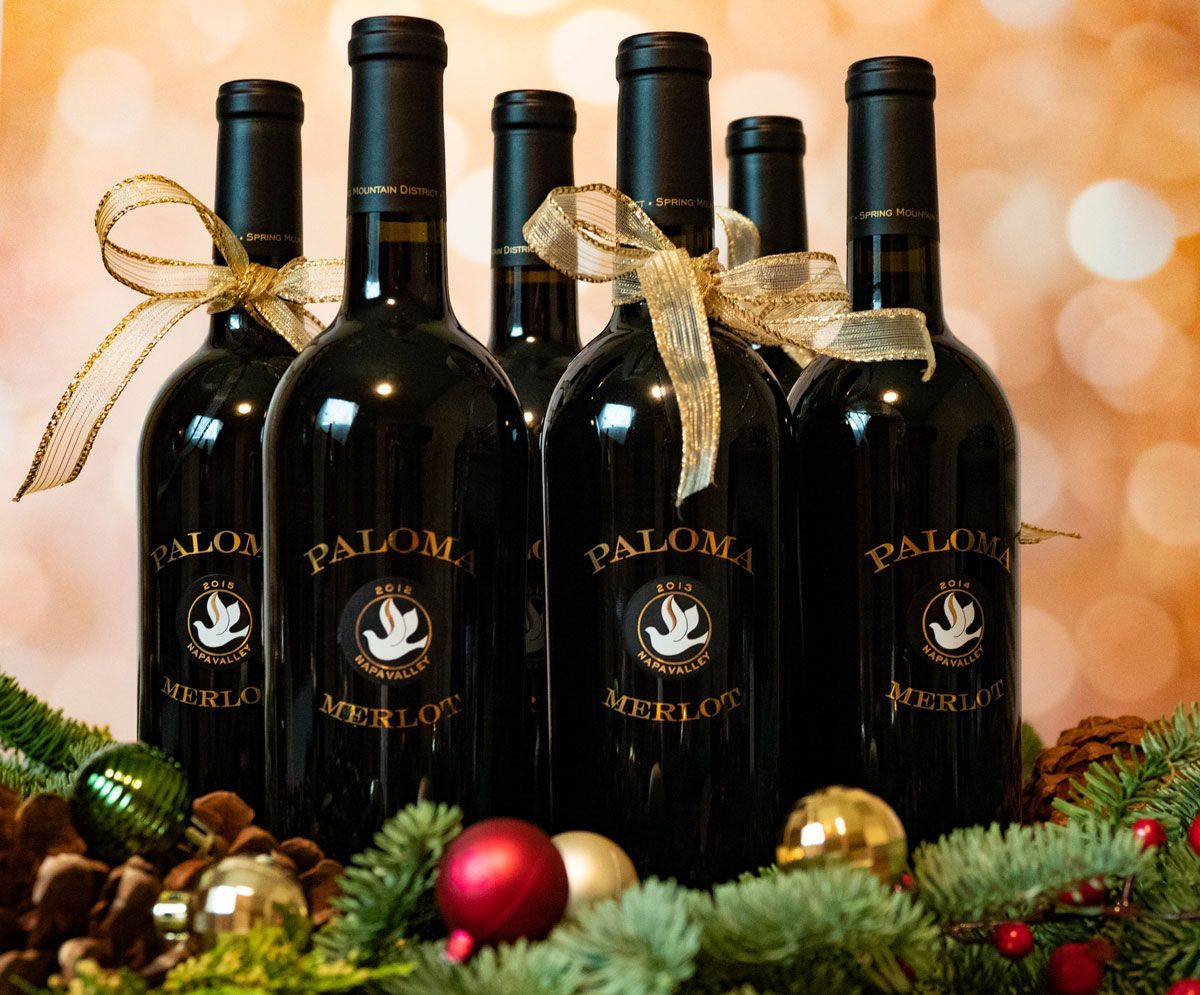
By caston
•
December 22, 2025
The holidays are a time of warmth, laughter, and lingering conversations around a table that feels just a little bit magical. At Paloma Vineyard , we believe that the right wine can turn a good holiday gathering into a deeply memorable one. Whether you’re cozying up by the fire or welcoming friends through your front door, choosing a holiday red that resonates with the season adds richness to every moment. Red wines, with their deep hues and comforting aromatics, often feel like the unofficial wine of cool nights and festive gatherings. This year, elevate your celebrations with selections that embody structure, balance, and that touch of elegance holiday hosts crave.

By caston
•
December 2, 2025
Nestled on the western slopes of the Mayacamas Mountains and overlooking the iconic Napa Valley, the Spring Mountain District AVA offers a truly elevated wine‑country experience. With vineyards planted on steep hillsides, above the valley floor, this mountain appellation is all about high altitude vineyards, dramatic terroir and a hospitality style grounded in family, craft and place.
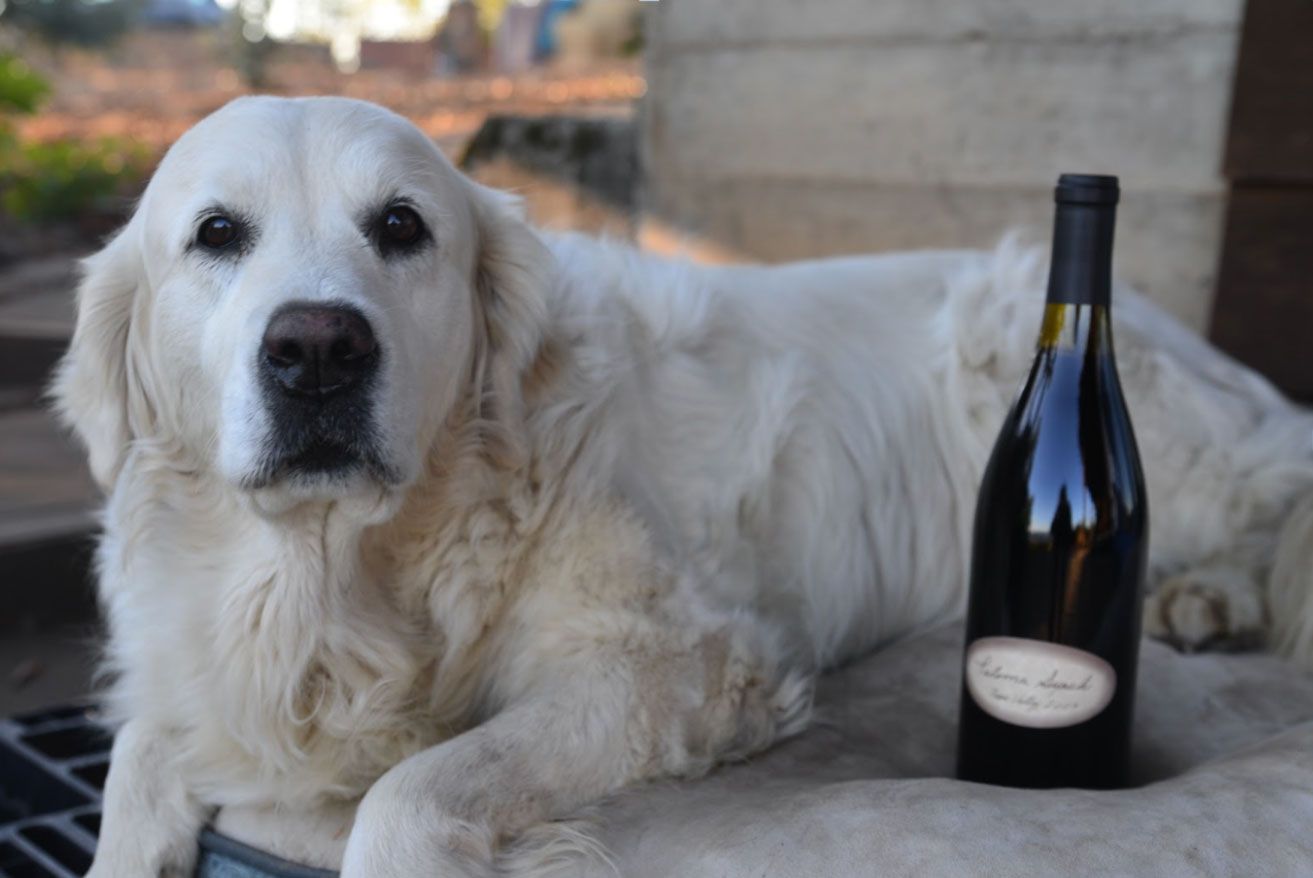
By caston
•
October 21, 2025
Wine tasting is more than etiquette and ceremony. It’s an opportunity to listen to your palate — to discover what flavors resonate most with you, so that in later tastings or purchases, you can ask for “more of that. ” When you can name what you like, you unlock a more rewarding, deeper wine experience. Below is your refined guide to wine tasting etiquette — yes — but always in service of helping you tune in to your preferences.
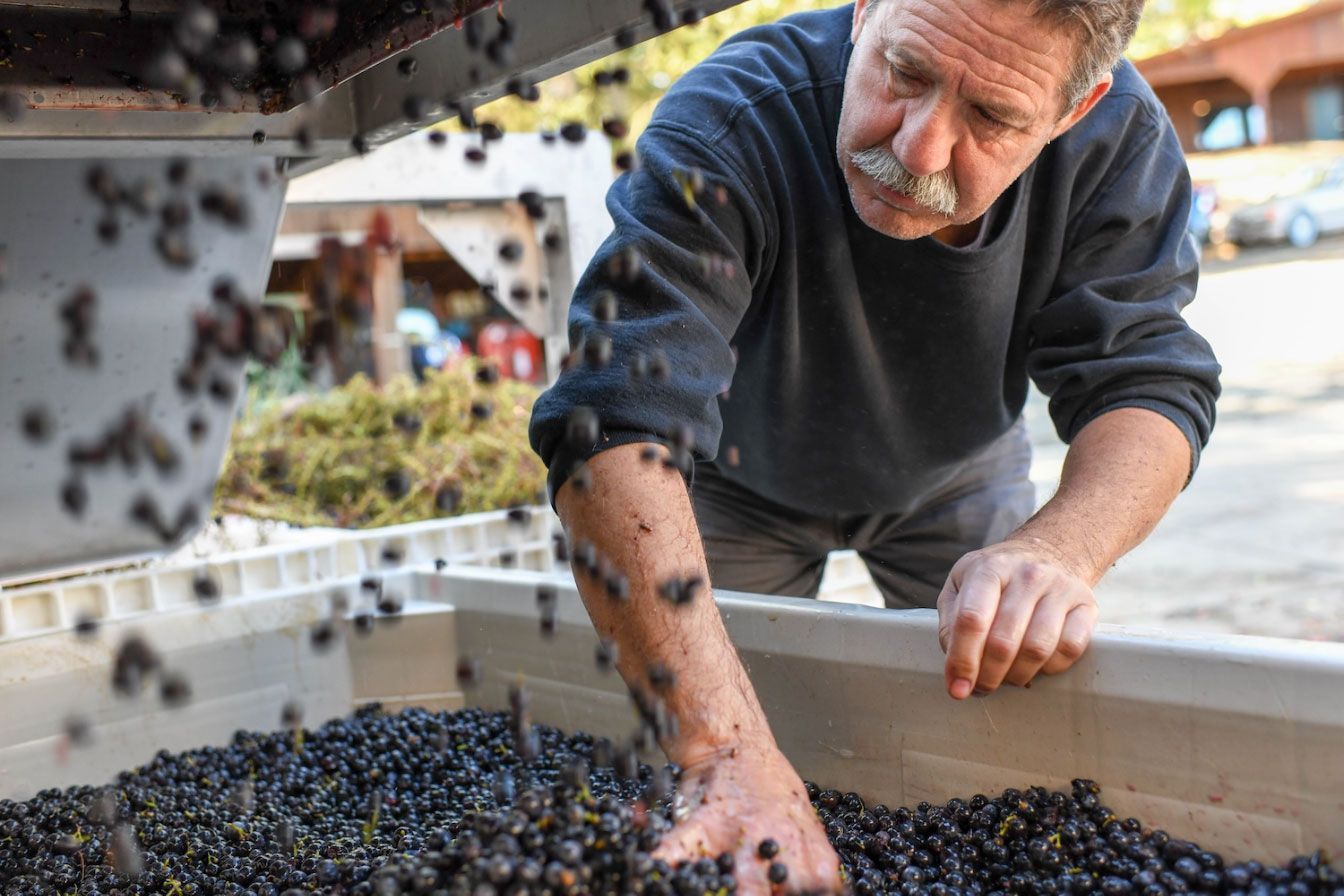
By caston
•
August 18, 2025
At Paloma, Merlot is the soul of our story. It is the grape that founders Jim & Barbara fell in love with on their journey to Spring Mountain. Picture this: it’s the late 1970s, and Barbara and Jim are visiting the Duckhorn vineyard, tasting their famed Three Palms Merlot. They lean into a sip and feel stirred—not just by the wine’s richness, but by its quiet elegance. That moment sparked something. They looked at each other and thought, “This is the wine we want to make. These are grapes we have to grow.” Before they even found the site, they had their hearts set on Merlot. By the time they found the raw land at the top of Spring Mountain, there was no changing their minds. Back then, planting Merlot at that elevation was almost unheard of—too cool, too risky. But they trusted their instincts and took the leap.

By WSI
•
March 26, 2025
At Paloma Vineyard, sustainability is more than just a practice—it’s the foundation of everything we do. Nestled on Napa Valley’s Spring Mountain, our small, family-run vineyard has been embracing sustainable and regenerative farming for over four decades. Every choice we make, from cover cropping to solar power, reflects our deep respect for the land and our commitment to producing exceptional wines that honor both our family legacy and the environment.

